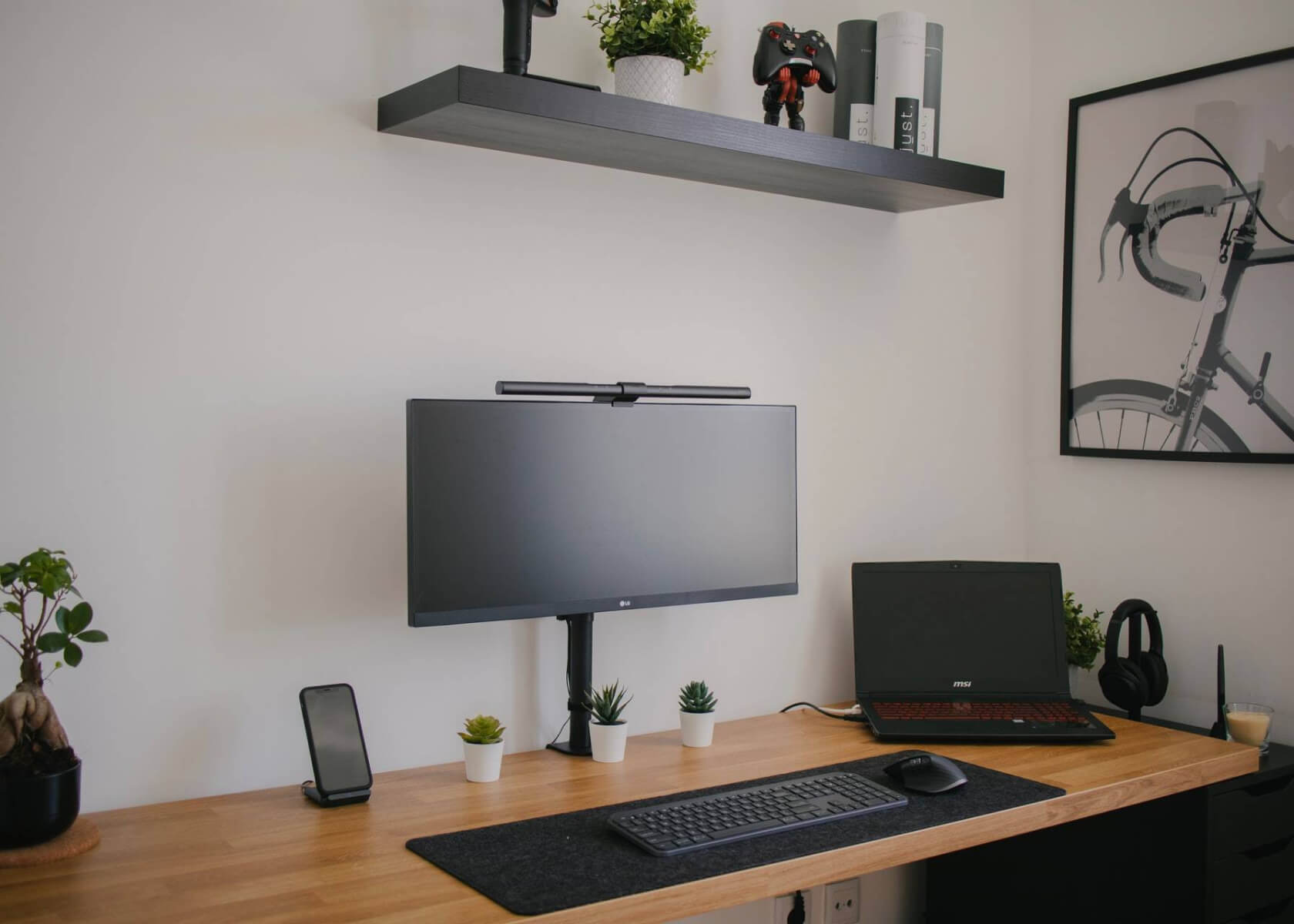Notion Templates: A Guide to Efficient Note-Taking, Project Management, and Organization

New to Notion?
How to Structure and Utilize Notion Templates for Note-Taking, Project Management, and Organization
Notion is a powerful all-in-one workspace that allows users to create and manage notes, tasks, and databases in a flexible and customizable manner. One of its standout features is the ability to create and utilize templates. Notion templates provide a structured way to organize your information—whether for note-taking, project management, or personal organization. This article explores current best practices and updated techniques for structuring and utilizing Notion templates.
Creating Templates
Before diving into specifics, it’s important to understand how to create templates in Notion today. To create a template:
- Open Notion and navigate to the page or database where you want to add a template.
- For pages, click the "+" button or use the "New Page" option and then choose "Template" if available.
- For databases, click on the "New" dropdown and select "New Template". This will open a blank template where you can add common elements that will automatically populate when creating new entries.
Notion now also supports synced blocks and linked databases, making it even easier to build complex templates that update consistently across your workspace.
Note-Taking Templates
Notion’s flexibility is ideal for note-taking, allowing you to structure and organize your notes to suit your personal workflow. Here are some tips for creating effective note-taking templates:
- Choose a Note Structure
Decide on a structure that works best for you. Whether you prefer a simple, chronological note or a more hierarchical layout with sections and sub-sections, consistency is key.
- Include Essential Elements
Add common elements such as titles, dates, tags, and categories. Using these elements ensures consistency and makes searching or filtering your notes easier later on.
- Utilize Databases for Organization
Consider leveraging Notion's databases to organize your notes. Creating properties like status, priority, or labels can help you categorize and filter information effectively.
- Create Pre-Filled Templates
Build templates with pre-filled sections or headings to save time and maintain consistency. This approach is especially useful for daily journaling, meeting notes, or study sessions.
Project Management Templates
Notion is an excellent tool for managing projects—both personal and professional. Current project management practices in Notion incorporate various views and interactive elements. Here are some tips:
- Define the Project Structure
Outline sections for tasks, timelines, milestones, goals, and team members. Having a clear structure helps all participants understand the project’s scope and progress.
- Task Lists and Checkboxes
Use Notion’s checklist and task list features to keep track of individual tasks. This allows you to mark tasks as complete and ensure nothing is overlooked.
- Assignees and Due Dates
Utilize Notion’s properties to assign team members and set due dates for tasks. This built-in functionality works well with notifications and integrated reminders (learn more about Reminders in Notion).
- Visualize Progress
Make use of Kanban boards, timeline views, or progress bars to create visual representations of your project status. These views not only enhance clarity but also help in quick evaluation of project milestones.
Organization Templates
Beyond note-taking and project management, Notion is a superb tool for personal organization and life management. Here are some updated tips for designing organization templates:
- Daily and Weekly Planners
Develop templates for daily or weekly planners to manage tasks, appointments, and goals. Include dedicated sections for deadlines, events, and key priorities.
- Habit Tracking
Use databases and properties to build habit trackers. Track activities such as exercise, meditation, or reading. Some users even integrate graphs for visual feedback on habit performance (explore templates like the Habit Compass).
- Collections and Aggregations
Organize collections of information—such as book recommendations, travel plans, or recipes—using Notion databases. Set filters and sorts that let you quickly retrieve information based on different criteria.
- Reflection and Brainstorming
Incorporate sections for reflecting on past events or brainstorming new ideas. With Notion’s flexible design, you can easily capture thoughts and inspirations, making it a great tool for creative workflows. Check out resources like the Brainstorming Template for ideas.
Conclusion
Notion's template feature is a game-changer in managing notes, projects, and personal information. By designing and using templates, you can structure your information, save time, and ensure consistency across your workspace. Whether you’re a student, professional, or just someone looking to stay organized, leveraging Notion's robust template capabilities will boost your productivity and efficiency. Start exploring the possibilities, create your own templates, and optimize your workflow with Notion.


